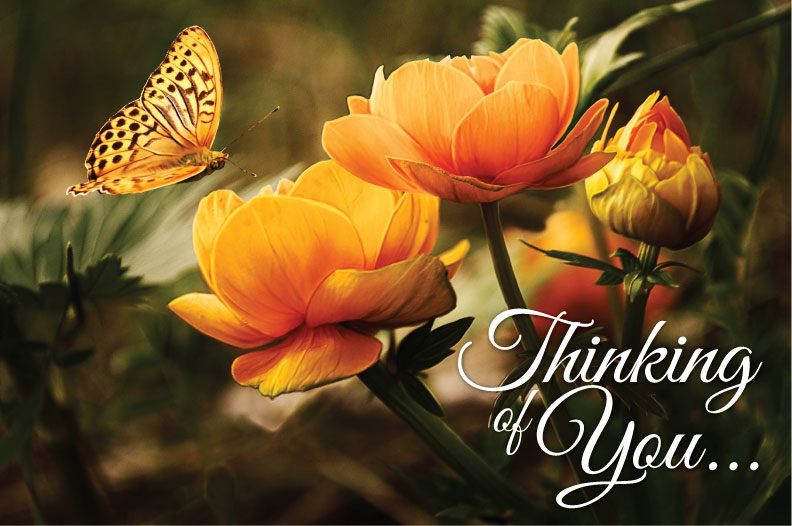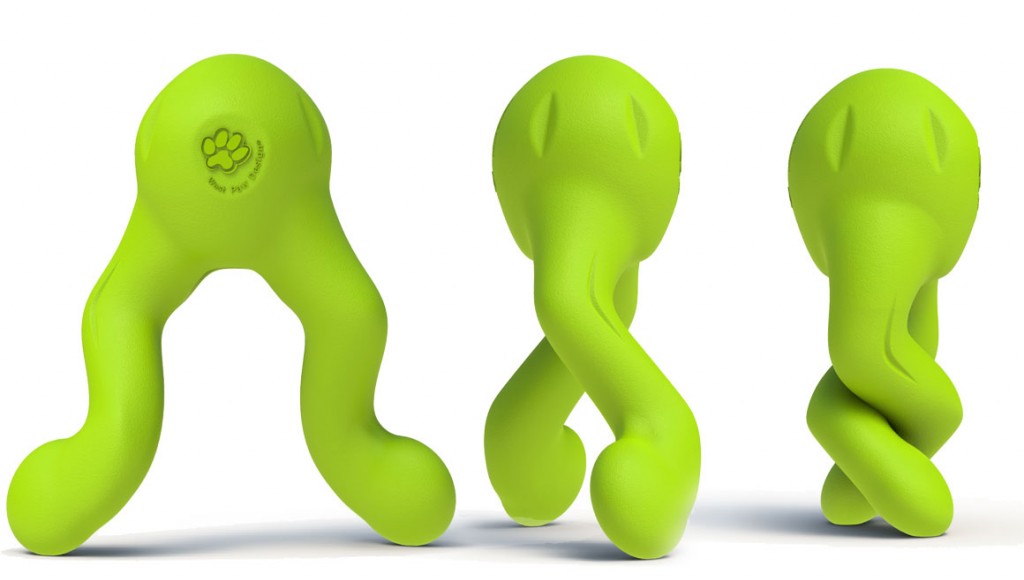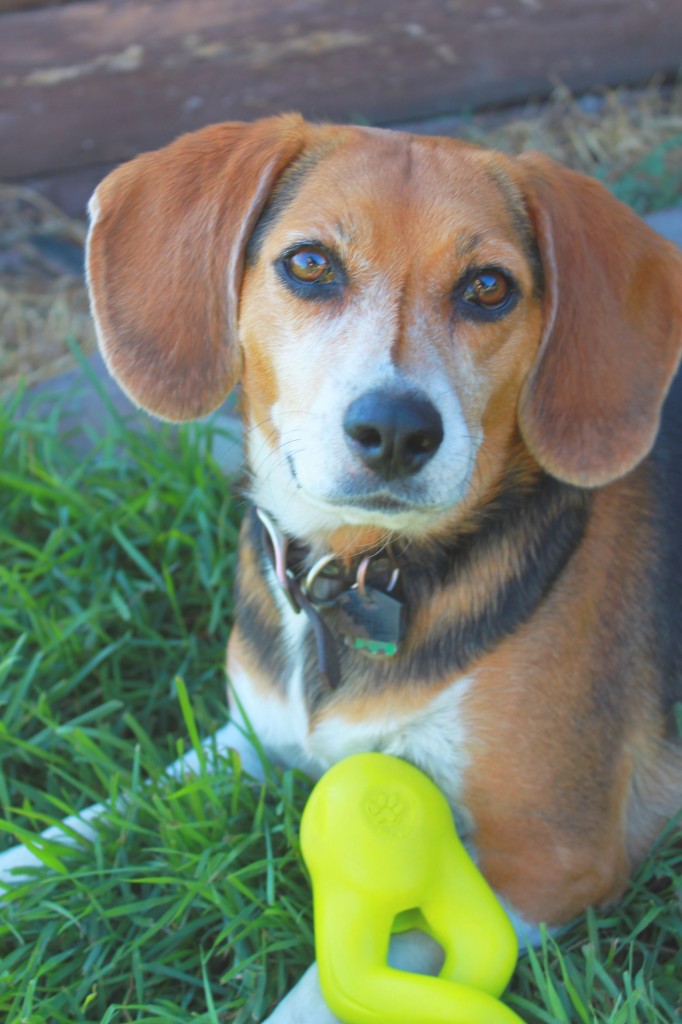Standing in the greeting card section of my local box store, I noticed a lot of “Thinking of You” cards. Tasked with finding an appropriate birthday card, I thought, “you really have to be an intentional and thoughtful person to get a ‘just-because’, Thinking of You card for someone.” You know the cards… they’re sappy, like, “The other day I was smiling for no reason, but then I realized I was thinking of you”; or snappy, like, “Just thinking of you… which reminds me… you owe me twenty bucks.” As product designers, we have to take this intentional and thoughtful approach in crafting our ideas if we really want to connect with the End User. Buying a card, we know the recipient needs to be cheered up because they had a bad week, or loved on because they are excessively sentimental and feed off the sap. The intent of focusing on the reader’s or users’ needs can be called “user-centered design”.
like, “The other day I was smiling for no reason, but then I realized I was thinking of you”; or snappy, like, “Just thinking of you… which reminds me… you owe me twenty bucks.” As product designers, we have to take this intentional and thoughtful approach in crafting our ideas if we really want to connect with the End User. Buying a card, we know the recipient needs to be cheered up because they had a bad week, or loved on because they are excessively sentimental and feed off the sap. The intent of focusing on the reader’s or users’ needs can be called “user-centered design”.
In User-Centered Design, we need to look at who this End User is from the very early stage of designing a product. We try to foresee the little girl, old man or even the puppy who will be using the product. Doing this requires diving into imagination, dreaming up personas and asking questions of them: Will they intuitively know how to use the product without reading the instructions? Will they use it in extreme environments? How will they hold it? Where will they store it? With what will they clean it? Will they try to eat it? In product design, we’re sometimes guilty of jumping right into feature-based design with ideas biased by personal experience and desire… “I want it to look like an iPhone. I want it water-proof and it should be yellowish-orange because I think Apple is the greatest, I’m a swimmer and I really love yellowish-orange…” What happened to the thoughtful and intentional designer; the kind that buys thinking of you cards? Ask questions!
One fun example of asking questions for thoughtful End User design occurs when creating a new dog toy. When developing dog toys we have to ask, “Who is the End User and what will they do with it?” Obvious, right?… it’s the dog. But, when you think about it further… the End User of a dog toy is two-fold: a partnership between the pup and its owner. Both the dog and his master want endless play out of the toy.  The form has to be such that the teeth of the k9 can grab but cannot easily catch and cut into the toy, encouraging a long-lasting chew. At the same time, it has to fit the hands of the owner who has to pick it up and throw it. Will it be covered in slobber when it’s grabbed? Is there a place that would be easier to hold on? Will it hold a treat and if so, how hard will it be for the dog to get it out? Will we discourage the dog or keep him entertained? How will it fly if thrown? Is the dog owner environmentally conscious and would they prefer an eco-friendly material? Does it matter to the owner where the product was made? Would they clean it if it was an easy process? Will this product ever end up in a pond and if so, should it float? How will this product make them feel? Yep, we have to talk about feelings.
The form has to be such that the teeth of the k9 can grab but cannot easily catch and cut into the toy, encouraging a long-lasting chew. At the same time, it has to fit the hands of the owner who has to pick it up and throw it. Will it be covered in slobber when it’s grabbed? Is there a place that would be easier to hold on? Will it hold a treat and if so, how hard will it be for the dog to get it out? Will we discourage the dog or keep him entertained? How will it fly if thrown? Is the dog owner environmentally conscious and would they prefer an eco-friendly material? Does it matter to the owner where the product was made? Would they clean it if it was an easy process? Will this product ever end up in a pond and if so, should it float? How will this product make them feel? Yep, we have to talk about feelings.
In developing West Paw Design’s Tizzi, we envisioned a dog toy that could offer virtually endless play. We accomplished this by focusing on interactions between the users and toy while playing at the park or at home – not on the toy itself. Through our questions it was revealed that the form could not have sharp edges that would tear if a tooth got caught. In a game of tug-of-war there had to be room for teeth and fingers. If part of the toy became covered in slobber there had to be other grabbing options, or at least a texture to help mitigate the mess. A treat could be hidden in a chamber and the handles twisted and locked to allow for indoor play – possibly on the kitchen floor. The treat chamber would encourage prolonged play for the dogs with obsessive personalities…but what about a high energy dog at the park? On the Tizzi, when the handles are twisted and locked the age-old game of fetch is enhanced by a toy that flies like a spiral thrown football resulting in even more fun for both End Users.

Lola with her Tizzi.
With more questions answered, we select an appropriate material. The award-winning ZogoFlex material offers indestructibility, is recyclable, non-toxic, dishwasher safe, can be made in the USA and it is less dense than water allowing it to float if thrown into a pond or lake. Material selection alone allowed us to hit some major design criteria which were defined by focusing on the End User’s experience. Ultimately, we were successful in creating a product that makes the dog and owner feel good – good about getting exercise, good about environmentally conscious purchases and good about the enhanced relationship after solid playtime.
By asking and answering questions like these, we narrow down the intent of the product which governs the form and final function – not the other way around. We become intentional designers by just Thinking of You…
David Yakos is VP and Director of Creativity at Salient Technologies, Inc.
